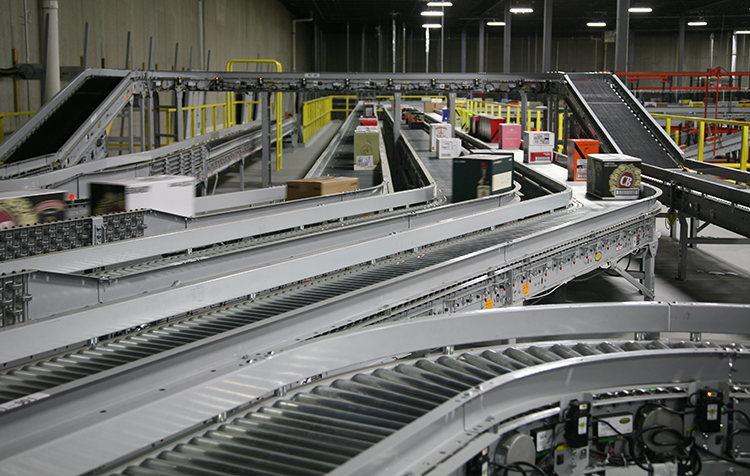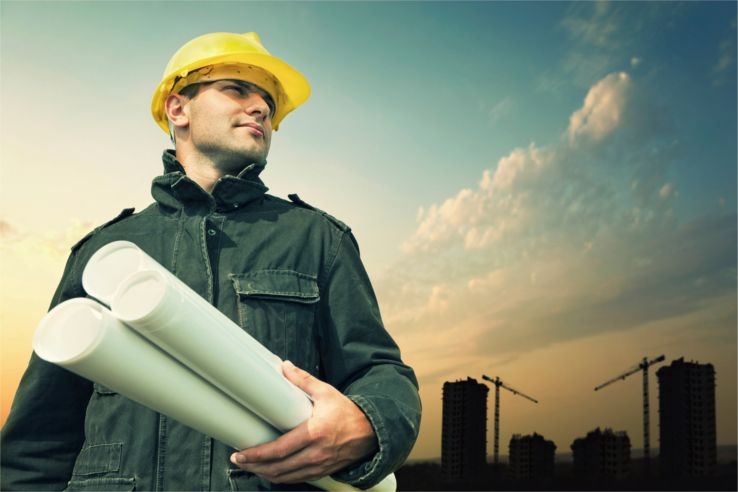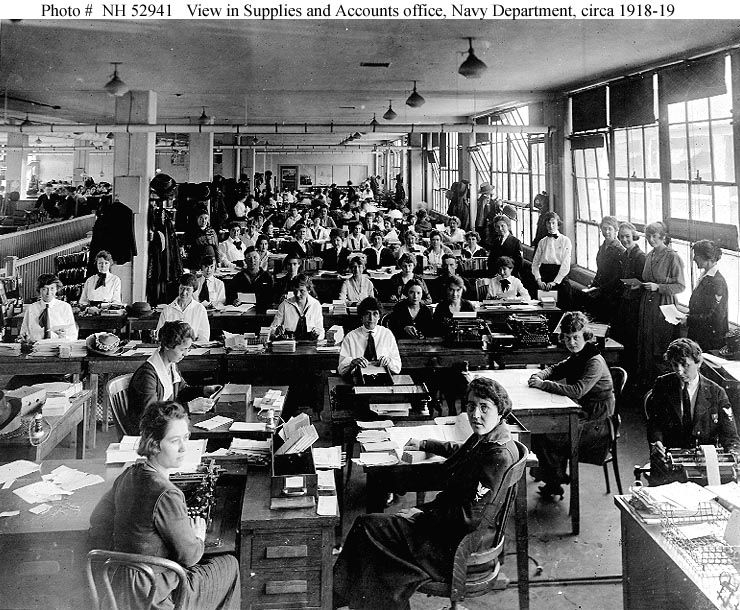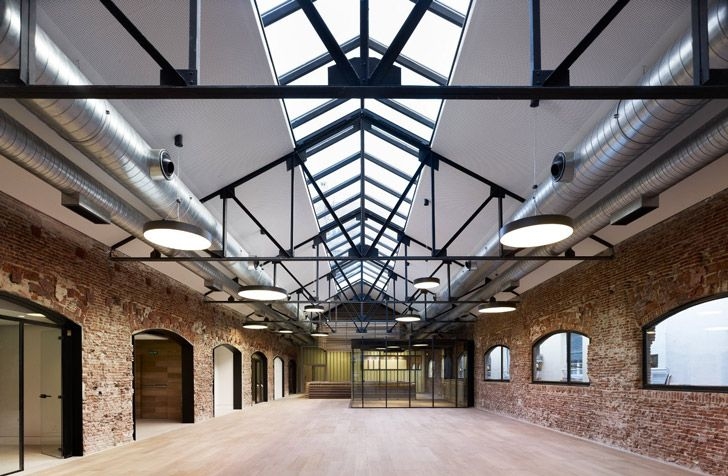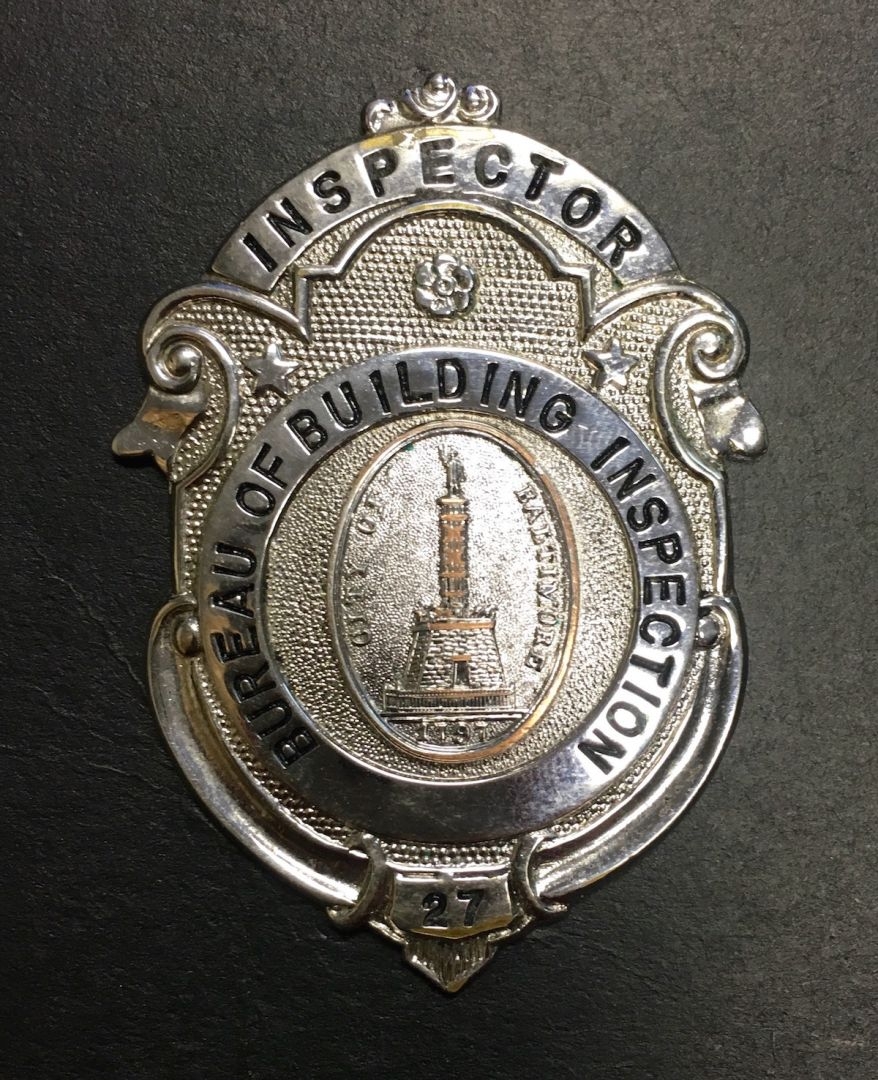"Here is a drawing of the building we are leasing. How should we lay it out?"
I think I have been asked that exact question, word for word, over 50 times in my career. Variations of it, hundreds of times.
It was a question that a VP of Distribution asked me in an early job interview. I gave him the same answer as I give whenever I am asked this question.

“How should I know if this is even the right space for your operations? What are you going to process in the distribution center (DC)? How much inventory? How many SKUs? Are you doing same day as ordered or next day? I don’t even know the customer order profiles. I would not dream of suggesting a layout until I know your business and your desired outcomes.”
A poor DC design can cripple a logistics operation. A poor design creates hours of overtime. A poor design creates bottlenecks that delay receiving, stowage, picking and shipping. Poor designs lead to inventory inaccuracy, loss, waste and damage. In the long run, a poor facility design can become a 50% drain on profitability, driving costs so high that the company can’t afford to grow. I have seen poor designs crush growing companies.
Most poor warehouse and DC designs started from a lack of good planning. When the company first started, it leased, or bought a building, and then called the local pallet rack dealer to sell them the racks. The dealer did the layouts at “no charge” and sold the company the racks. The layout worked while the business grew, until it didn’t work anymore. The layout failures did not appear instantly, but in slow, glacier-like speed as bottlenecks appeared, stock sat in the aisles, and unloads and loads took more time and overtime hours. As sales grew, the cost of operations grew faster.
The example I share above is not rare. About half of the facilities I walk through each year suffer from the “free layout” of the rack dealer. The problems manifest as the business grows to the point that the cure, a new layout, becomes a frightening idea as the company grapples with how to do it and stay in business. Retrofitting an existing warehouse is like changing the tires on a car while it is on the road. Faced with that reality, most businesses, if they can afford it, wait until they move to do a new warehouse layout.
Do they learn from their first experience? Most do not, as they again turn to the rack dealer to do their new layout.
Getting the Layout Right From the Start
Pallet rack dealers, including many fork lift companies, sell rack. They perform layout services as a necessary function of selling the racks. The dealers know the basics of what they sell, the space needed for the forklift to operate in the aisles, the beams needed to support the load. They may even know how to get the highest yield in storage capacity in a space. But they don’t know warehouse operations because they don’t operate warehouses. They sell racks.
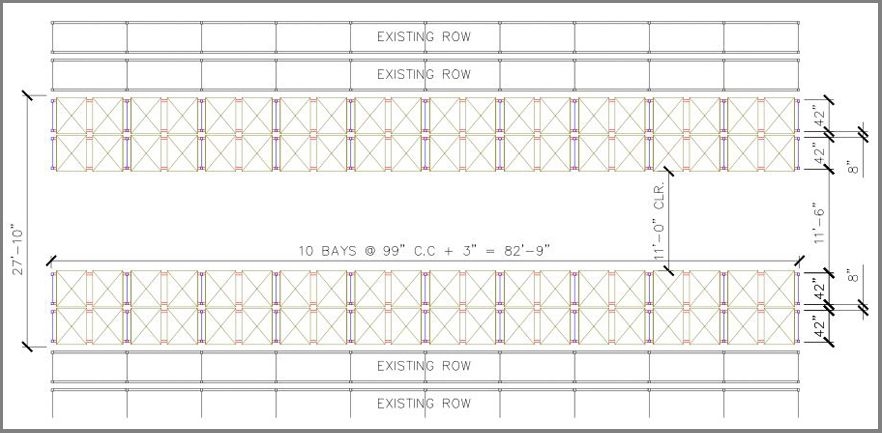
“How many pallets do you want to store?” is the first, and sometimes only question that a rack dealer asks. Seldom do they ask questions like:
- · How many SKUs are in the product mix?
- · What are the fastest moving SKUs?
- · What are your inventory turns now, and where do you want the turns to be?
- · How big are the customer orders? What is the profile? Is your order profile lots of orders with just a few lines per order, or lots of lines on the orders?
- · What is your receiving process?
- · What is your backstock and replenishment process?
A good material handling engineer asks these and hundreds of other questions to determine the right layout of the correct storage and picking fixtures to fit the needs of the operation. With an intense focus on the desired outcome, the engineer develops a layout that fits the needs of the business.
From the Inside Out
Whenever possible, we encourage our clients to think about their business needs, and to create the optimum design before looking for a building. We develop the design knowing that it will need to flex to fit a space, but in the design, we develop a building criteria, a requirements list, that the Real Estate Broker uses to search for the best fit out of hundreds of potential buildings.
Using the Inside Out process saves time, money and effort in the process of developing a distribution center. While this process is expected for 100,000 sf and larger facilities, it works well for the 5,000 sf and 10,000 sf buildings too. I think that the smaller the facility, the more important it is to develop the design from the inside out sooner, as it helps prevent future bottleneck issues.
Presenting the Basics
In this topic we present the basics of facility design that we follow in developing distribution spaces. For some, following our guidance here is sufficient to develop a design internally without outside help. For others, the material is sufficient for developing an understanding of the design process and the questions to ask when looking to employ others to do the design work.
We also present a series about the backside of contracting, and how the structure of contracting and sub-contracting of services and material handling systems can affect the execution of the work. System complexity is just part of the story; the complexity of the contracts for the installation labor can drive project schedules off track quickly.
Lighting is a key component in any warehouse design. What kind of light is just as important as how much light and where it needs to be. The location of light fixtures, lighting panels, and the controls should be part of the overall warehouse design, not an afterthought.
In most cases, a distribution center operates in a leased space. Leases can restrict the use of the building. What was not an issue at the start can become a problem as the business grows. Key in every lease negotiation are the Tennant Improvement allowances. Using owner-financed allowances sometimes can help a business, but at the same time, cost more in the long run by limiting the options the tenant has for change. There are times that tenant-financed improvements are a better path, as the tenant has greater control over the process and the quality of the improvements, saving money and delivering greater value.
If you are looking to make changes to your facility on your own, looking for information so you can negotiate better, or looking for a partner to help you with your distribution center design and implementation, this is a good place to start.
Facility Design Sub-Topics
Main Topics
Article Series
Legal v. Ethical
Based on the definitions, something can be legal but unethical.
What?
Legal relates to the law. The law is a man-made, abstract set of rules, and laws can be used to create something that is fiction, but legal...
Design
A common putdown for a pretty thing that is not very useful is to say that it places “Form over Function,” meaning that the designer or builder put more effort into the way something looked than how it worked. It means that the person making the selection based their decision on how good it looked and not how well it worked.
Codes
I have seen a lot of change in warehouse construction and operations. When you have been designing and operating warehouse facilities for almost three decades, you get to see a lot of change in the technology and practices.
Still, some foundational aspects of the job never change. Like asking the local building officials what model codes they follow.

